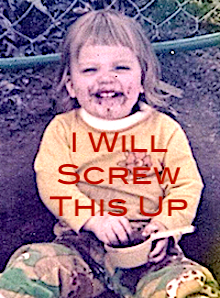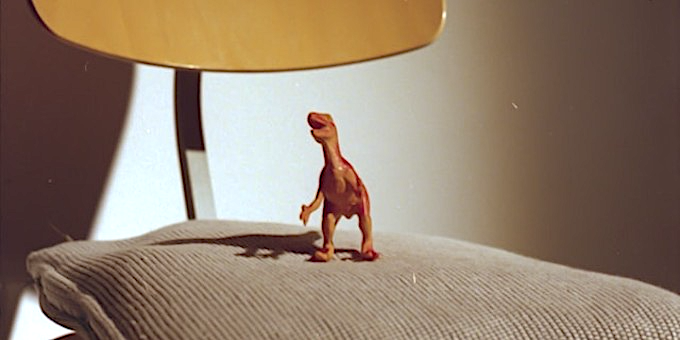Mining for student gold in unstructured class time
A MiddleWeb Blog

It was a mistake, maybe, showing him where my modeling clay drawer was. It’s the cheap dollar store stuff – primary colors, doesn’t harden – but for our arts and crafts time once a week, or for pounding when a kid is fidgety or upset, it’s fine. Gil clocked it on the first day of school.
“Can I have some clay?” he asked innocently. And I, also innocent, gave him carte blanche to get some whenever he wanted.
You might think Gil was the shy, sensitive type, and that would be wrong. Gregarious, kind, funny, and a football player, he is beloved among his classmates for his impressions and jokes – and nearly every day, as he’s leaving homeroom, he hands me a small, exquisitely formed dinosaur, accurate in all particulars. One day I said goodbye to Gil, turned around, and found a miniature brontosaurus on my desk munching my houseplant.
My homeroom – a 15-minute space in the schedule we call “Eagle Time” after our school mascot – is a collection of similarly imaginative, goofy 7th graders. Kindly, they tolerate my plans and activities for them. But it’s in the down times this year – where I’m watching and listening to them, but not forcing the flow of their actions – that I am finding gold.
Watching students learn on their own
In child psychology this is known as “unstructured play,” and it is known to be critical for social, emotional and cognitive development. We talk about it mostly in regards to young children, with pictures in our minds of mud pies and grass salads, or sticks turned into horses and wizard staves. But in my experience it is equally as important for adolescents, even if their play looks a little different from their younger counterparts.
In my homeroom and classroom, when given bits of supervised space and freedom, my students have done the following: taught themselves Mexican dances; debriefed differing teacher homework policies; developed costume ideas for school spirit days or Halloween; researched Hitler and the Second World War; fleshed out ideas for new toy inventions and recipes; and developed their own presidency and cabinet (for the purpose of worshiping cats – don’t ask). And, of course, modeled dinosaurs.
Time limits versus unstructured learning
We have so little time with our kids on our current schedule – 40 minutes daily if we’re lucky – and so much pressure to get through massive amounts of material and standards, that I have been reverting to a “Teach Like a Champion” stance: attempting to make the classroom a well-oiled machine of efficiency, without a second wasted.
From “bell to bell,” we call it: I have tried to fill the period with nothing but worthy, academic-centered activities. And it’s a worthy challenge. One of the areas where I agree with Doug Lemov’s management approach is that we teachers waste a lot of time on classroom mechanics that can be simplified and streamlined.
Here’s the trouble, though. If I treat every class period or Eagle Time like this, then there would be no places in school where students have been freed to explore, test, challenge, experiment. No places where they do this under the careful but non-interfering eye of an adult who is trained to watch and listen to students, to pick up information about what they want, need, and do best: that is, under circumstances that are repeated almost nowhere else but in school. With Gil’s dinosaur in my hand I am reminded of the importance of this kind of play for our kids. I am reminded of how often I forget it.
And it’s not all happy dinosaurs.
The last time we had a few unstructured minutes in Eagle Time, I watched my student Steve mock arguing with Daniel about where the dinosaurs came from. “The earth is MILLIONS of years old,” declared Steve. “MILLIONS.”
Daniel considered this quietly, then shook his head. “No,” he said, half smiling at his friend. “I don’t believe that. It’s not my religion.”
I had not known this about Daniel. My internal alarms started clanging. Were we about to have a creationist-scientist throw down right here in my room?
I needn’t have worried, though. Steve nodded, thinking it over, and then gracefully changed the subject. That was it.
That was it. Put this next to our Congress. Put this next to Gaza, readers. Consider the small miracle of this fact, achieved and witnessed only through unstructured play.
Dinosaur image by Milo Weiler on Unsplash






































Thank you! Well said. We have so much structured time during the school day and many students have lengthy structured time after school so that is becomes more important for them to have some unstructured time – creative time.
Thank you, Robin!!